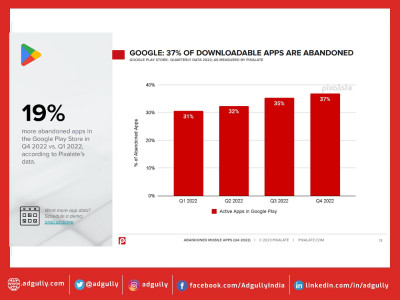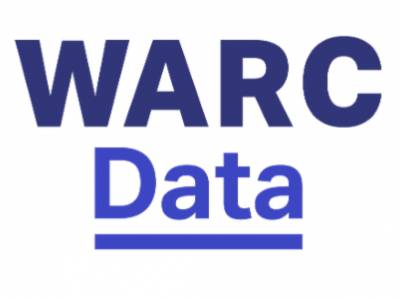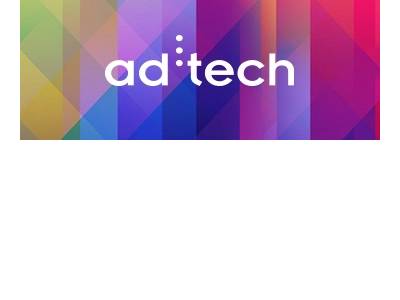How to keep the digital world free of ad frauds: Nitin Gupta
Advertising online has many boons, but the risk of fraudulent digital advertisements is real too. One can’t ban the bane, but can banish the loss through strict principles and actions. Unfortunately, with the increase in digital ad spent, ad frauds are on the all-time high. As per the latest reports, over 25 per cent of the total digital traffic in many cases is either invalid/ bot generated or is spoofed in a way or another.
But, the introduction of quality tools like Pixalate and their integration with the DSPs/SSPs, the ad fraud incidents will almost get vanished quite soon. In 2018, it is also expected that for advertisers self-service platforms will emerge as better alternatives to black box solutions, which will eventually optimise media mark-ups and hidden tech fees. From search ad frauds to affiliate frauds and pixel stuffing to traffic fraud, online advertising is always targeted by fraudsters to generate quick money. Data platforms like Pixalate keep eyes on hundreds of billions of ad events in real time by tapping into the global RTB data stream and averting the fraud, advertisers are saving millions of dollars. In other words, such data platforms with an inclusive suite of products, built specifically to bring transparency to programmatic advertising.
To Read More Visit Here.
The information they share help advertisers to filter malicious events and traffic. With these counter-fraud platforms, ad exchanges are able to instill confidence in advertisers and DSPs for a brand safe campaign. They also aim to achieve reinforced brand safety by ensuring that the ads are not served on websites/ apps associated with malicious activities. Also, they help to clean the inventory with better quality and performance. With data platforms like Pixalate, digital ad agencies provide their clients with a great relief that their ads will be seen by real people and not fake. Furthermore, digital agencies are now able to measure fraud type and volume to optimise away from fraudulent traffic.
Another breakthrough development in this industry is Authorized Digital Sellers (ads.txt), which is an initiative started by IAB with the objective of improving transparency in programmatic advertising by preventing unauthorised inventory sales. It helps the buyers to quickly identify who is a certified seller. Publishers have to create their own ads.txt files located on the root level of the web portal.
Ads.txt is meant to clean the whole ecosystem and is beneficial both for Publishers and Advertisers. On the one hand, with the help of ads.txt the publisher can authorise seller for the inventory, which will help in removing the fake inventory running by their brand name in the market. And, with the removal of counterfeit inventory, it further helps them get the better price and brand value of the inventory. On the other hand, ads.txt removes fake inventory to buy the exact inventory which the advertiser is paying for. Means, the advertiser won’t be disguised by the fraud inventory. This will further result in better ROI and results against same or less amount spent.
Ads.txt makes it possible for the buyers to purchase inventory only from authorised sellers by creating a public record of them. The DSPs can deploy web crawlers to collect all the ads.txt files available. When a Demand-side platform will receive a bid request they can check their ads.txt file and regulate their bidding. If both the exchange and publisher adopt ads.txt then the bidders can check their tags to find the ads.txt file. And its presence proves the secure connection between the two. Programmatic Buying and Selling is already reckoned as future of Digital Advertisement industry, this move will be a remarkable step forward to bring in transparency for the whole ecosystem.
Conclusion
As the blockchain technology is booming these days, Google Attribution, being a revolutionary concept, may also improve authentication and transparency in programmatic as it tested successfully in the verification of impressions, engagements, etc. Furthermore, ads.cert is helping in optimising the supply chain, cutting down the role of intermediaries and linking the demand to the supply directly. It pushes the yield for the end publisher, which is currently eaten up by the middlemen; consequently, it will bring the domain spoofing and other such frauds down.
(Nitin Gupta is Founder and CEO of Xapads Media.)
To Read More Visit Here.


















Share
Facebook
YouTube
Tweet
Twitter
LinkedIn